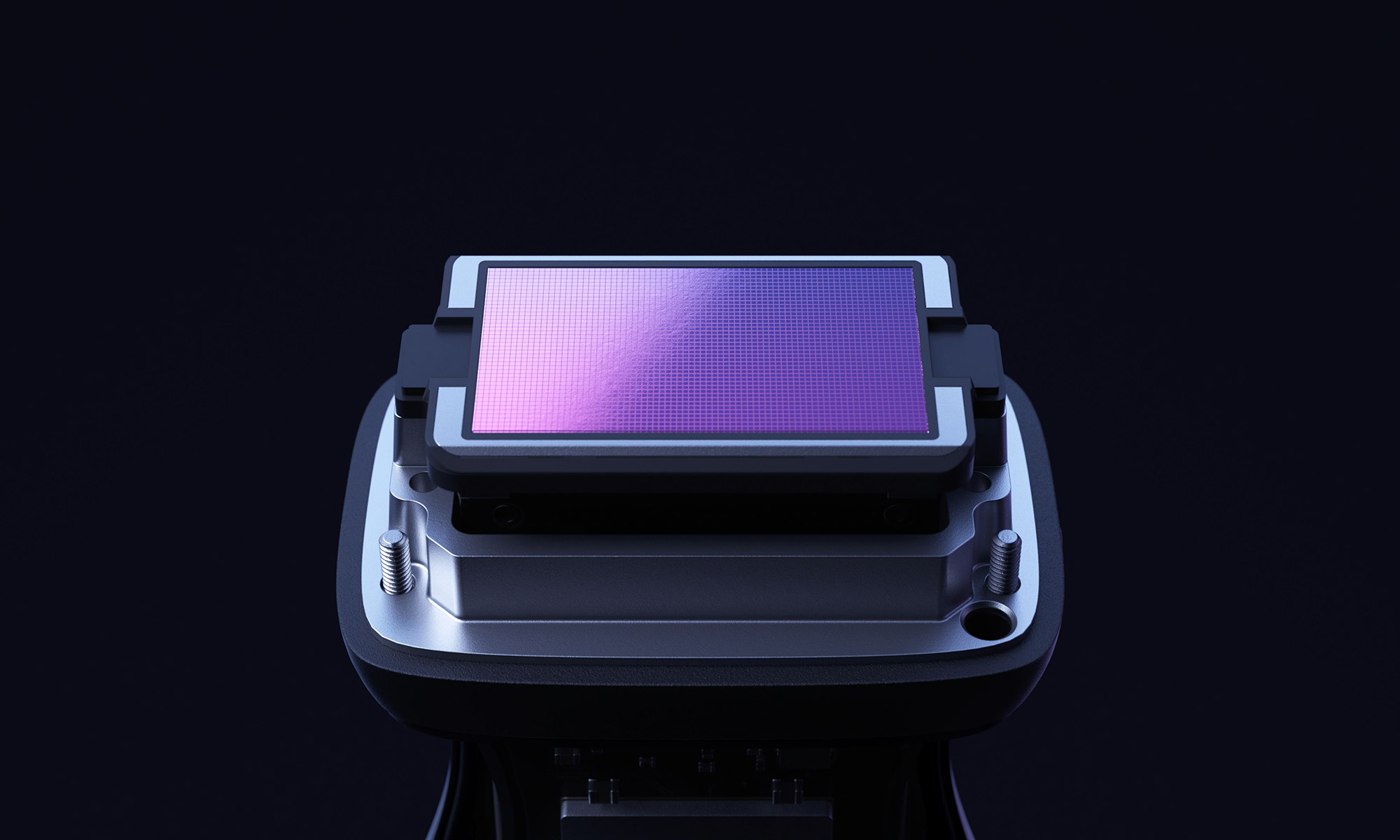News
Saudi Firm Launches World’s First Handheld Ultrasound Device
Abdul Latif Jameel Health has partnered with Butterfly Network to bring the world’s first handheld, single-probe, complete body ultrasound system to the MENA region.

In many parts of the world, access to well-equipped healthcare facilities is greatly limited. Healthcare professionals often have to travel long distances to see their patients, and they can’t bring with them most of the equipment they have access to in hospitals. Without it, making the right decisions in difficult medical situations can be extremely challenging.
The good news is that a new generation of medical devices is making advanced capabilities available in a variety of portable form-factors, much like modern smartphones can perform many of the tasks that could traditionally be performed only on large desktop computers.
Now, Abdul Latif Jameel Health has partnered with Butterfly Network to bring the world’s first handheld, single-probe, complete body ultrasound system to the Middle East, North Africa, Turkey, and India.

Called Butterfly iQ+, the compact ultrasound system consists of three pieces: a probe with a patented on-chip digital micro-beaming technology and optimized electronics with power-efficient FPGA, a compatible iOS or Android mobile device to which the probe connects to, and the Butterfly iQ+ mobile application.
“The capabilities of this innovative, portable and versatile handheld ultrasound solution know no bounds, and we are committed to delivering this technology to serve more than 2 billion people” said Dr. Akram Bouchenaki, Chief Executive Officer, Abdul Latif Jameel Health.
Also Read: Mobile App Helps Turkish Women Fight Domestic Violence
Because the ultrasound system provides sharp imaging with true-to-form color flow, 3D visualizations, cloud storage, and other advanced capabilities without taking up much space or requiring too much power, it was selected to provide medical imaging on the International Space Station. An earlier version of the device was delivered as part of the 22nd SpaceX Dragon cargo resupply payload in June 2021.
Hopefully, Butterfly iQ+ will soon be helping healthcare professionals address all kinds of health issues that people young and old experience not just in space but also in some of the poorest regions here on Earth.
News
Google Releases Veo 2 AI Video Tool To MENA Users
The state-of-the-art video generation model is now available in Gemini, offering realistic AI-generated videos with better physics, motion, and detail.

Starting today, users of Gemini Advanced in the MENA region — and globally — can tap into Veo 2, Google’s next-generation video model.
Originally unveiled in 2024, Veo 2 has now been fully integrated into Gemini, supporting multiple languages including Arabic and English. The rollout now brings Google’s most advanced video AI directly into the hands of everyday users.
Veo 2 builds on the foundations of its predecessor with a more sophisticated understanding of the physical world. It’s designed to produce high-fidelity video content with cinematic detail, realistic motion, and greater visual consistency across a wide range of subjects and styles. Whether recreating natural landscapes, human interactions, or stylized environments, the model is capable of interpreting and translating written prompts into eight-second 720p videos that feel almost handcrafted.
Users can generate content directly through the Gemini platform — either via the web or mobile apps. The experience is pretty straightforward: users enter a text-based prompt, and Veo 2 returns a video in 16:9 landscape format, delivered as an MP4 file. These aren’t just generic clips — they can reflect creative, abstract, or highly specific scenarios, making the tool especially useful for content creators, marketers, or anyone experimenting with visual storytelling.
Also Read: Getting Started With Google Gemini: A Beginner’s Guide
To ensure transparency, each video is embedded with SynthID — a digital watermark developed by Google’s DeepMind. The watermark is invisible to the human eye but persists across editing, compression, and sharing. It identifies the video as AI-generated, addressing concerns around misinformation and media authenticity.
While Veo 2 is still in its early phases of public rollout, the technology is part of a broader push by Google to democratize advanced AI tools. With text-to-image, code generation, and now video creation integrated into Gemini, Google is positioning the platform as a full-spectrum creative assistant.
Access to Veo 2 starts today and will continue expanding in the coming weeks. Interested users can try it out at gemini.google.com or through the Gemini app on Android and iOS.


















